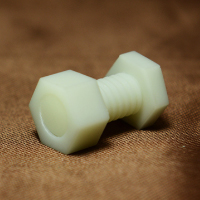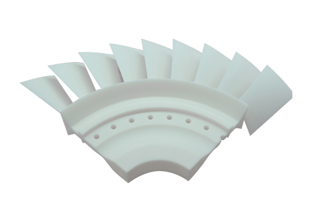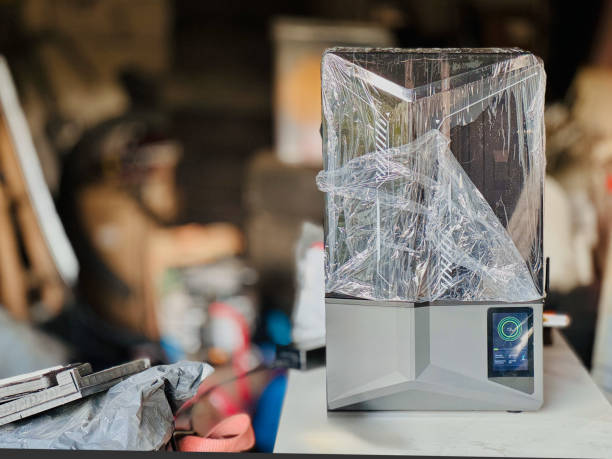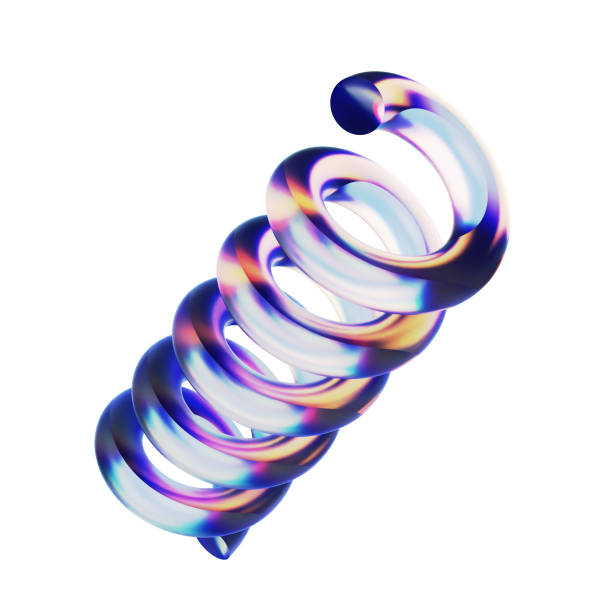The advent of epoxy resin 3D printing has revolutionized additive manufacturing by offering unparalleled material properties for high-performance applications. As a leading manufacturer of specialty epoxy resins, Tetra provides advanced material solutions that meet the rigorous demands of industrial 3D printing. This technology combines precision engineering with exceptional material characteristics to create functional parts with superior surface finishes and mechanical properties.
Epoxy resin stands at the forefront of high-accuracy 3D printing technologies due to its unique material characteristics. When used in stereolithography (SLA) and digital light processing (DLP) systems, our epoxy resins demonstrate exceptional flow characteristics that enable the creation of highly detailed features. The material's natural transparency allows for excellent light penetration during curing, ensuring thorough polymerization throughout the printed part. These properties make epoxy resin 3D printing particularly valuable for applications requiring micro-scale precision.

When compared to conventional 3D printing materials, epoxy resin 3D printing offers distinct benefits that make them suitable for mission-critical applications. Traditional thermoplastic filaments used in fused deposition modeling (FDM) often lack the fine resolution and surface quality achievable with epoxy-based photopolymers. Unlike powdered materials in selective laser sintering (SLS), Tetra Material epoxy resins don't require porous structures and produce fully dense parts with isotropic properties. The post-processing requirements for epoxy resin parts are generally less intensive, as the printing technology itself produces smoother surfaces with minimal stair-stepping effects.

The industrial sector has rapidly embraced epoxy resin 3D printing for its ability to produce functional end-use parts. Our materials find applications in various industries where high precision and durability are paramount. Manufacturers utilize these resins for creating jigs and fixtures that withstand repeated use in production environments. The technology also enables rapid prototyping of complex components that closely match final production parts in terms of material characteristics, allowing for more accurate testing and validation.

One of the key advantages of our specialty epoxy resins solutions lies in their customizable nature. By adjusting formulation parameters, we can optimize resins for different application needs. Some formulations prioritize flexibility and impact resistance, while others emphasize thermal stability or chemical resistance. This adaptability allows manufacturers to select materials that precisely match their operational requirements, creating opportunities for innovation across multiple industries.

As 3D printing technology continues to evolve, we are committed to advancing epoxy resin formulations to meet emerging industry needs. Ongoing research focuses on enhancing material properties while maintaining the ease of processing that makes epoxy resins so valuable in additive manufacturing. These developments promise to further expand the range of applications where epoxy resin 3D printing can provide solutions, reinforcing its position as a critical technology in modern manufacturing.
Tetra remains dedicated to providing high-performance epoxy resin solutions for the most demanding 3D printing applications. Our technical expertise and material innovation continue to push the boundaries of what's possible in additive manufacturing.